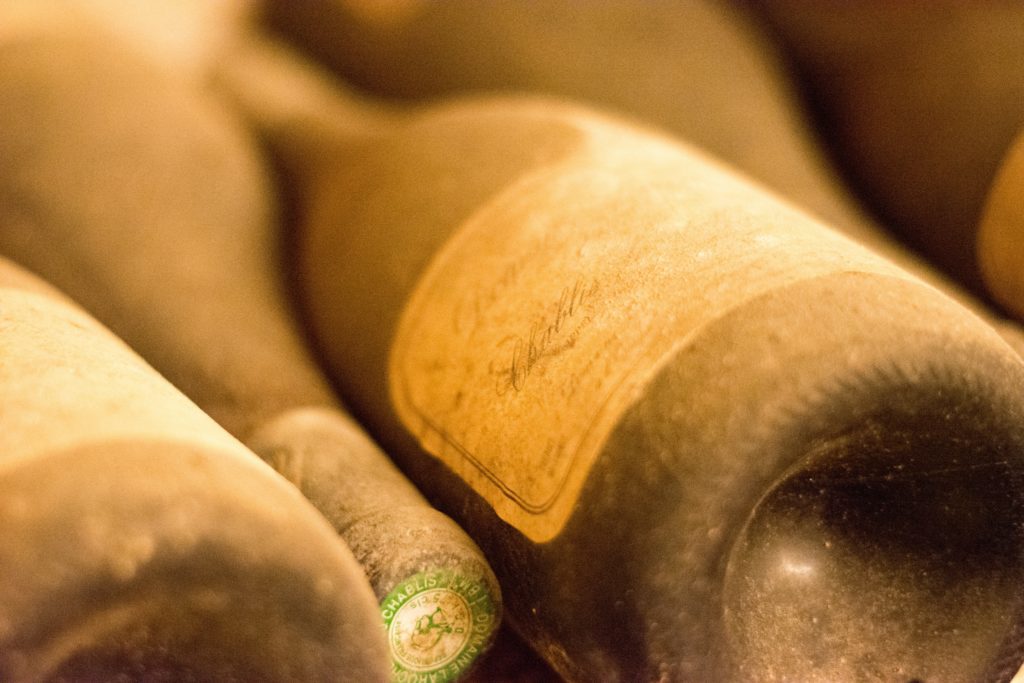Wine History
While many wine enthusiasts might think of Michigan as a newcomer to the winemaking process, the region’s wine history actually runs deep, reaching back through the centuries and holding promise for the future.
Michigan’s history of winemaking stretches back centuries. The early explorers brought a taste for familiar beverages, as well as the yearning for the fruits familiar to their European homes. Voyageurs like Rene-Robert Cavelier, Sieur de La Salle, and Antoine de la Mothe Cadillac, reported wild grapes growing in the Michigan region early on. Cadillac even planted grapevines inside the walls of Fort Pontchartrain du Detroit as early as 1702 for winemaking.

Fast forward through the early part of the 20th century, from prohibition to World War 2. Winemaking in Michigan progressed, much of the state’s production was located in the southwest, with places like Paw Paw providing the majority of the production.
In the mid-1960s Bernie Rink earned credit for planting varietal grapes on the Leelanau Peninsula, launching the industry in the northwest region of the state. Wines from Black Star Farms or Good Harbor Vineyards now offer some of the region’s best bets.
The Tip of the Mitt American wine-growing area stretches nearly 3,000 miles, from Charlevoix County up and over the top of the Lower Peninsula to Presque Isle County. They have all joined the steady development of winemaking in Michigan, becoming the first new American Viticultural Area aka AVA in the state in nearly three decades. After several years of waiting, they have earned approval from the federal Alcohol and Tobacco Tax and Trade Bureau and Michigan now boast five AVA regions.

Several Emmet County wineries are part of the new AVA, such as Mackinaw Trail Winery, founded in 2004, with 30 acres of vines. They have earned more than 500 medals for wine excellence. Other local wineries include but definitely aren’t limited to Crooked Vine Vineyard and Winery, situated on 38 acres north of Petoskey. Both of these wineries are also part of the Bayview Wine Trail, which covers a portion of the Tip of the Mitt AVA.
To maintain the AVA designation, winegrowers must produce wines that include at least 85 percent of the grapes from the region, which here are likely to include newer vinifera varieties such as Marquette and frontenac gris. This is due to the area’s cold winter temperatures, and the region’s shorter growing season.
The recent addition of the Tip of the Mitt AVA designation, including the Bayview Wine Trail, certainly proves winemaking continues to grow in Michigan, while the long history shows how much this is a part of what makes the Great Lakes State notable.
Learn more about Mackinaw Trail Winery, Crooked Vine Vineyard, and other Bay View Wine Trail wineries at https://www.bayviewwinetrail.com




